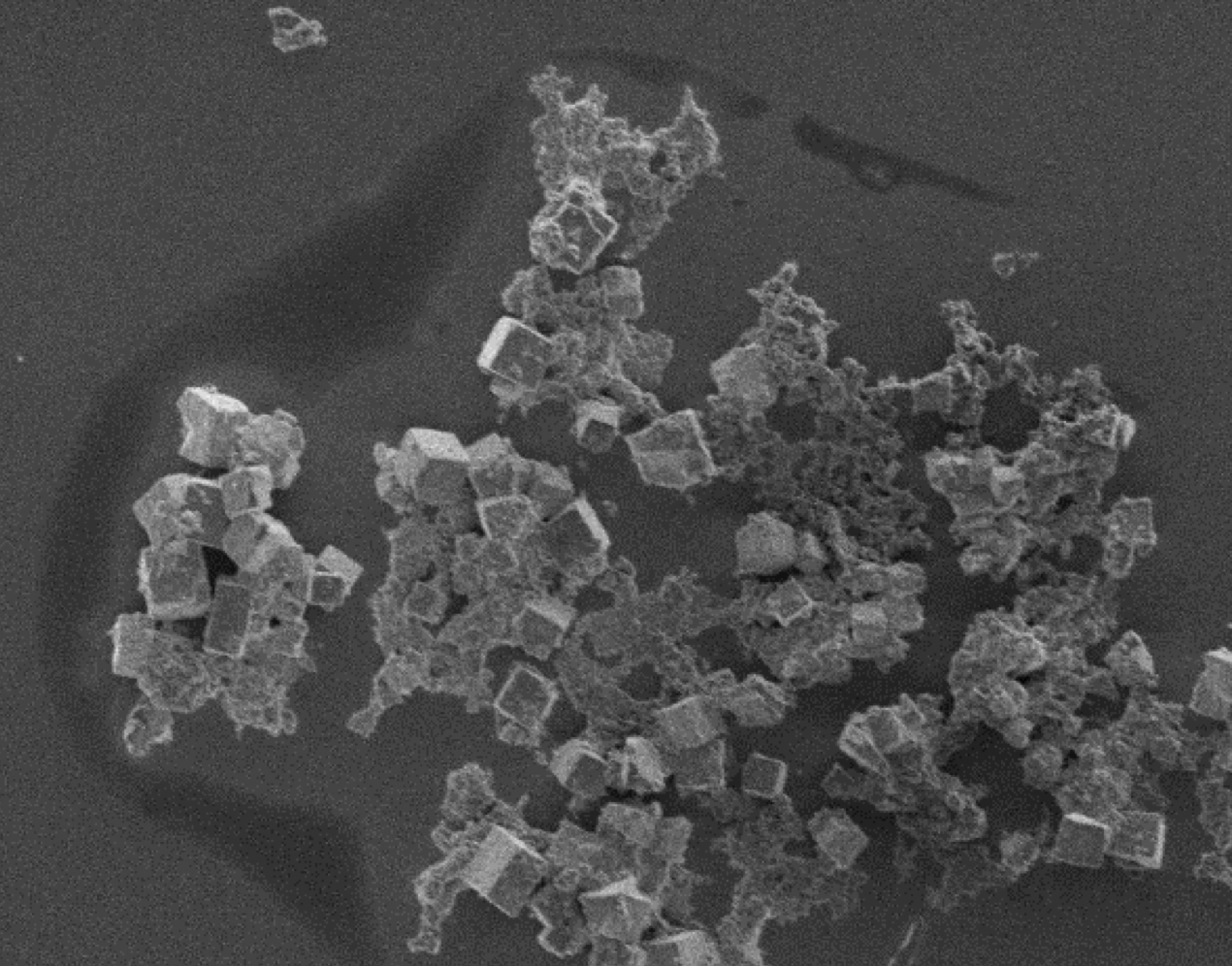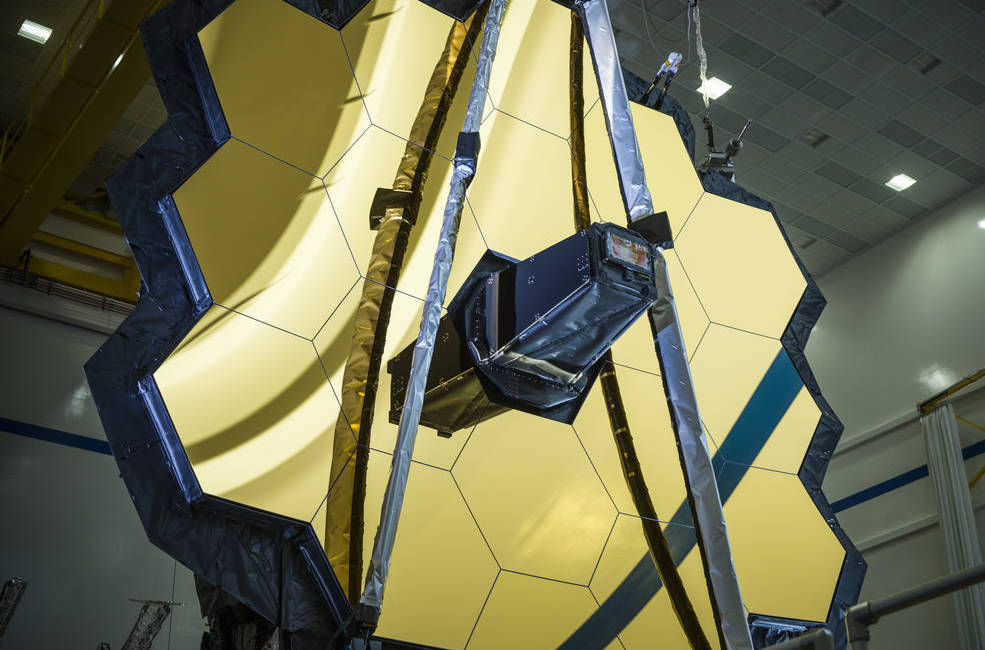October 1, 2023- 3RD OF 3
The Science Behind Nanolattices: Small Structures, Big Impact
In the ever-evolving landscape of materials science, nanolattices have emerged as a true marvel. Their unique blend of remarkable strength and astonishingly low weight has captured the imagination of researchers and enthusiasts alike. In this article, we take a closer look at the science behind these extraordinary structures, exploring how the fusion of DNA origami and silica has unlocked their incredible potential.
The Genesis: The Art of DNA Origami
To understand the world of nanolattices, we must first delve into the realm of DNA origami. Unlike the conventional paper-folding techniques we're familiar with, DNA origami involves manipulating strands of DNA to craft intricate nanostructures. Think of it as crafting minuscule masterpieces at a molecular level.
The Alchemical Fusion of DNA and Silica
But the story doesn't end with DNA origami. These meticulously crafted DNA structures are about to undergo a transformation—a fusion with silica. Silica, known for its robustness and versatility, plays a crucial role in enhancing the strength and resilience of these nanolattices. It's as if we're giving our nanostructures a suit of armor.
The Significance of Size: Small Wonders with Mighty Strength
Size matters when it comes to nanolattices. At the nanoscale, materials exhibit extraordinary strength, thanks to their near-flawless composition. Picture building a fortress with the tiniest, most perfect bricks you can imagine. That's the secret behind the exceptional strength of these structures.
Ductility vs. Brittleness: Unraveling the Enigma
Here's where the plot thickens. In the world of nanolattices, size isn't just about strength; it's also about flexibility. Smaller nanolattices showcase remarkable ductility, akin to a superhero's ability to stretch and adapt. They can withstand substantial pressure while bending and flexing.
On the other hand, larger nanolattices, despite their size advantage, tend to be more brittle. They lack the flexibility of their smaller counterparts and are prone to sudden fractures. The culprit? Defects—tiny imperfections within the lattice structure. It's as if these larger nanolattices are missing a few pieces of the puzzle, making them vulnerable.
The Limitless Horizons: Where Nanolattices Shine
The nanolattices we've unveiled aren't just scientific curiosities; they have the potential to revolutionize multiple industries.
Here are some ways in which nanolattices can be used:
Advanced Aerospace Materials:
Nanolattices can be incorporated into aircraft and spacecraft design, reducing weight while maintaining structural integrity, thereby increasing fuel efficiency and payload capacity.
High-Efficiency Energy Storage:
These structures can revolutionize energy storage systems, enabling smaller and more powerful batteries and capacitors for electric vehicles and renewable energy storage.
Ultra-Lightweight Construction:
In architecture and civil engineering, nanolattices can be used to create stronger and lighter materials for building skyscrapers and bridges, making construction more sustainable.
Enhanced Sensors:
Nanolattices have the potential to improve sensor technology, enhancing the sensitivity and accuracy of various sensors used in healthcare, environmental monitoring, and industrial applications.
Biomedical Implants:
These materials can be applied in biomedical implants, making implants stronger, lighter, and more biocompatible for improved patient outcomes.
High-Performance Sports Equipment:
Nanolattices can be used in sports equipment such as tennis rackets, golf clubs, and bicycles to enhance performance by providing strength without adding weight.
Efficient Water Purification:
Nanolattices can improve water purification processes, creating more efficient filters for removing contaminants and providing access to clean drinking water.
Advanced Electronics:
In the field of electronics, nanolattices can lead to smaller, faster, and more energy-efficient devices, contributing to the continued miniaturization of electronics.
Robust Protective Gear:
Military and law enforcement personnel can benefit from lightweight yet robust protective gear made possible by nanolattice materials.
Space Exploration:
Nanolattices have the potential to play a pivotal role in future space exploration missions, enabling the development of lightweight yet durable spacecraft and habitats.
Nanolattices are not just tiny structures; they represent the future of materials engineering. Their incredible journey starts with the art of DNA origami and culminates in a resilient silica coating. This fusion is rewriting the rulebook for what's possible in the world of materials science—a testament to the power of human ingenuity and innovation.
See Lab Research Cell Reports Physical Science

















































.webp)
.webp)














































